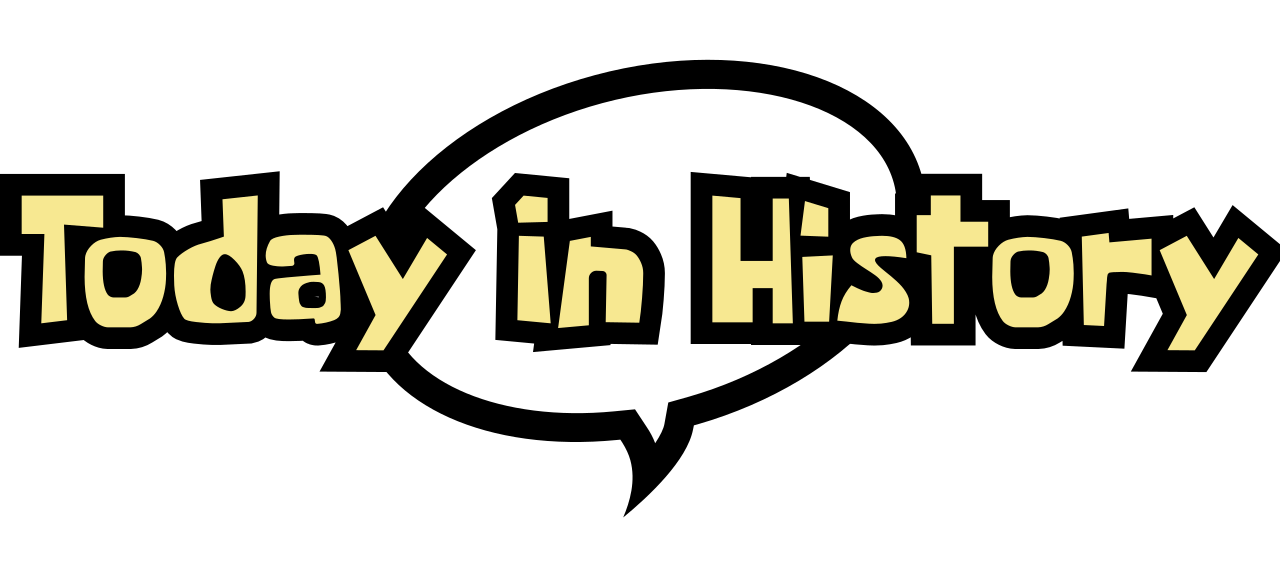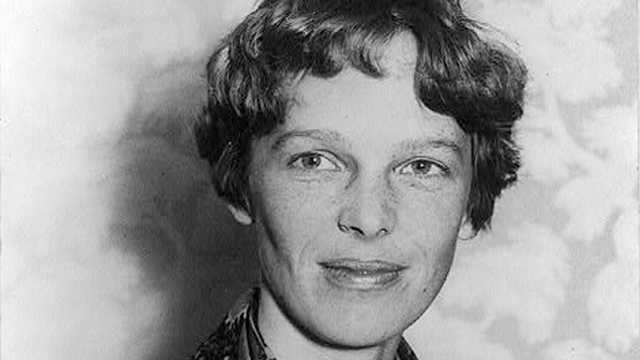Title: The Advent of Public Radio Broadcasting: Breaking The Silence on January 13, 1910
Introduction
There’s a unique page in our history that turned on January 13, but it’s not about kings, revolutions, or wars—it’s about one man and a microphone. On January 13, 1910, the curtain of silence was pulled back from the era of communication when Lee DeForest, an American inventor, conducted the world’s first public radio broadcast.
The Main Event
DeForest, who was a significant figure in the advancement of sound-on-film recording, used his most notable invention, the Audion vacuum tube, to amplify his voice for the broadcast. The program was a live performance of a number of Metropolitan Opera stars, including Enrico Caruso and Emmy Destinn, broadcasted from the Metropolitan Opera House in New York City. Radio enthusiasts from miles around tune in their receivers to listen to these incredible voices filling the airwaves for the very first time. This event marked the first time music carried by radio waves was shared with a mass audience, starting a revolution in communication that would bring about the age of broadcast mass media.
Implications of the event
The consequences of this first radio broadcast were far-reaching. It opened the path for countless innovations in electronic communication. Radio became the first medium for mass communication, profoundly affecting culture, society, politics, and economics worldwide. It brought about a new era of entertainment, news, and information-sharing that bridged geographical barriers, transforming societies and contributing to globalization.
Fun Facts for Kids
1. Lee DeForest called himself the ‘Father of Radio,’ although there were many inventors who contributed to radio technology.
2. The first radio wave music that many people ever heard was performed live! Imagine if every time you listened to the radio, the musicians had to perform the song right then.
3. This first broadcast was not widely announced, so only a handful of radio hobbyists heard it.
Educational Activities for Kids
1. Science Experiment: Build a basic DIY crystal radio to understand how radios work. This activity will help grasp the science behind radio waves, tuning into different stations, and the role of antenna in catching the signals.
2. Art project: Create a vintage radio with cardboard and paint and pretend to be a radio jockey.
3. Discussion: Talk about the evolution of mass media from radio to television to the internet.
Conclusion
Over a century since its first public broadcast on January 13, 1910, radio remains an integral part of our cultural fabric. It doesn’t merely inform, entertain and keep us company; it played a crucial role in shaping the 20th century. By celebrating this day, we honor not just DeForest and the dawn of public radio but a moment that marked a paradigm shift in human communication and connection.
References
1. Douglas, Susan J. (1987). Inventing American Broadcasting, 1899-1922. Johns Hopkins University Press.
2. Godfrey, Donald G. (2011). Methods of Early Radio. McFarland & Company.
3. White, Llewellyn. (1947). The American Radio: A Report on the Broadcasting Industry in the United States from the Commission on Freedom of the Press. University of Chicago Press.







What do you think?
Show comments / Leave a comment